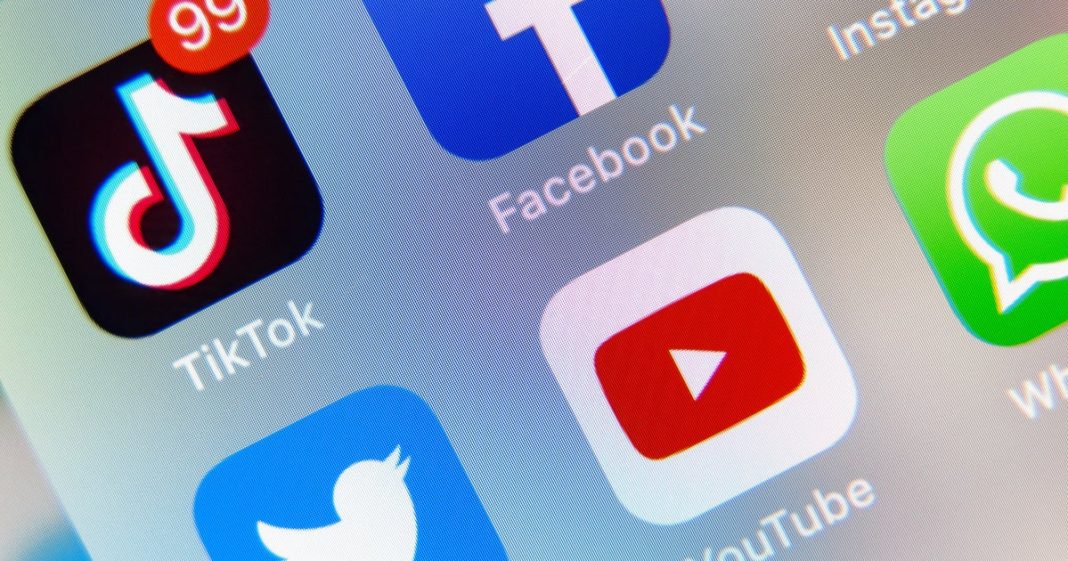YouTube announced on Tuesday it is planning to roll out a new age-estimation technology that will identify users under the age of 18. The new feature is intended to protect young teens from harmful content, the company says.
Powered by artificial intelligence, the tool will be able to assess a person’s age based on the types of videos they’ve watched, the categories of the videos, and how long the person has had their account — regardless of the birthday associated with it, James Beser, director of product management at YouTube, said in a statement on the platform’s blog.
If the technology identifies a person as under 18, it will take extra steps to regulate their content by disabling personalized advertising and limiting repetitive views of certain kinds of content, among other things. If YouTube incorrectly determines someone’s age, the user can upload a form of identification to fix the error.
“We will only allow users who have been inferred or verified as over 18 to view age-restricted content that may be inappropriate for younger users,” YouTube said in the blog post.
Google, which is the parent company of YouTube, did not immediately respond to CBS MoneyWatch’s request for comment.
According to a recent Pew survey, YouTube is the most popular social media app among teens. Ninety percent of teens ages 13 to 17 said they used YouTube last year, compared with 63% who said they used TikTok.
YouTube CEO Neal Mohan initially announced the age-detection technology in February. The new tool builds on other safety features like supervised accounts which allow parents to monitor their children’s YouTube activity more closely.
YouTube has also leveraged AI to identify and remove content it considers harmful, although since President Trump took office in January for his second term, the social media platform has shifted its policy to emphasize “freedom of expression” over safety, The New York Times reported.
YouTube says it will be testing the age-detection tool in the coming weeks among a small set of U.S. users, before rolling out the technology to a wider audience. The tool is already being used in other markets with success, the company states on its blog, but does not specify where.




